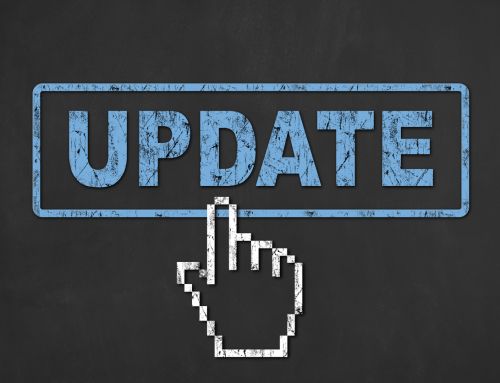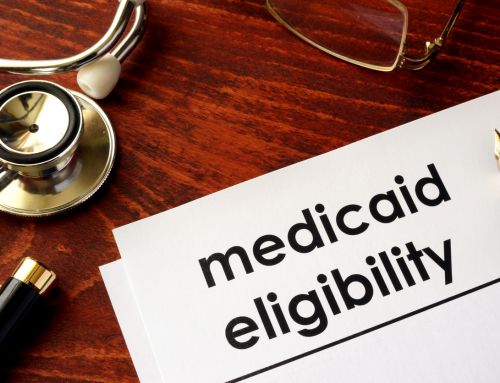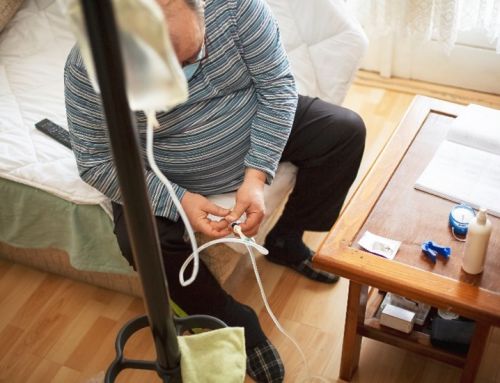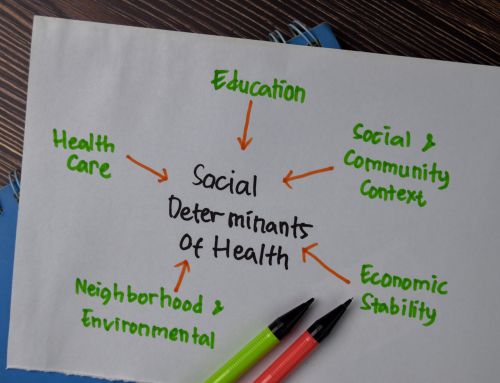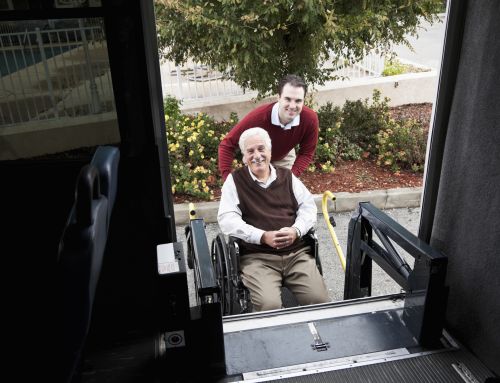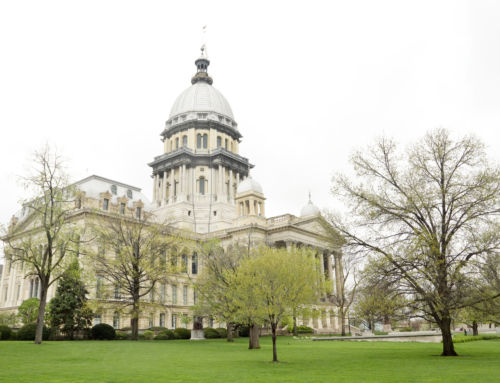Chronic Kidney Disease (CKD) patients who progress to end-stage renal disease (ESRD) before the age of 65 now have a new health insurance option—exchange health plans under the Affordable Care Act (ACA). Non-elderly patients who do not have, or will not be continuing, employer-sponsored insurance may be better off in an exchange plan depending on their financial circumstances. The reason for this is that the Affordable Care Act is more generous than Medicare in providing extra financial assistance to low-income individuals.
Medicare Programs for Low-Income Patients
Patient advocates have never considered Medicare to be a particularly generous health benefit, because it requires patients to absorb a deductible amount as well as about 20 percent of the costs of their medical expenditures. Medicare pays 80 percent of expenses for the average enrollee, while a typical large group employer insurance plan pays 86 percent. However, the premium for Medicare Part B is relatively low, only about $100 per month for most patients (people who started on Medicare years ago pay less; wealthy beneficiaries pay more). The premium for Medicare Part D prescription drug coverage averages around $40 per month.
To help defray health care costs for low-income beneficiaries, Medicare has several financial assistance programs. However, eligibility requirements are quite stringent:
- Full dual eligibility for Medicare and Medicaid. Patients whose monthly income is below the poverty line ($958, or $1,293 for couples) and whose assets are below $2,000 ($3,000 for couples) are Full Dual Eligible Beneficiaries. They are entitled to a Medicaid benefit that “wraps around” their Medicare benefit. This eliminates their obligation to pay Medicare premiums or cost-sharing, except for nominal prescription drug co-payments.
- Qualified Medicare Beneficiary (QMB) program. Patients whose monthly income is below the poverty level ($958, or $1,293 for couples) and whose assets are below $7,080 ($10,620 for couples) are Qualified Medicare Beneficiaries. This program also eliminates the obligation to pay Medicare premiums or cost-sharing except for nominal prescription drug co-payments.
- Specified Low-Income Medicare Beneficiary (SLMB) program. Patients whose monthly income is below 120 percent of the poverty level ($1,169) and whose assets are below $7,080 ($10,620 for couples) are Specified Low-Income Medicare Beneficiaries. This eliminates their obligation to pay Medicare premiums, but patients in this range still must pay all their coinsurance.
- There is also a “Qualified Individual” category that pays the Medicare premium of some beneficiaries below 135 percent of the poverty level, but there is no entitlement to this benefit. Medicare provides a low-income subsidy for Part D prescription drug plans, called Extra Help, to beneficiaries up to 150 percent of the poverty level. But above this very modest income level, no assistance is available from the Medicare program, even for people with serious chronic diseases like ESRD who are likely to have $10,000 to $20,000 in coinsurance responsibilities each year.
Exchange Subsidies for Low-Income Patients.
By contrast, ACA coverage is subsidized on a sliding scale. Therefore, patients in a “sweet spot” of incomes between 100 percent and 200 percent of the poverty level (annual incomes between $11,000 and $23,000) receive significantly more generous subsidies than they would as Medicare beneficiaries. Here are the affordability provisions in ACA:
- Medicaid eligibility based on income alone. In states that have expanded Medicaid under the Affordable Care Act, patients whose monthly income is below the poverty line ($958, or $1,293 for couples) are eligible for Medicaid without regard to assets. (Note that when people who qualify for Medicaid under this provision turn 65, they will lose their Medicaid eligibility if they have assets above $2,000.) In states that have not expanded Medicaid under ACA, Medicaid coverage is not available to childless adults with incomes under the poverty line. However, these differences will not apply to patients with ESRD.
- Premium subsidies. Patients whose income is below 400 percent of the poverty level ($45,960 for a single, childless adult) qualify for tax credits to pay the difference between a portion of their income and the “benchmark” premium. The benchmark premium is the second lowest cost premium for a “silver” level plan. For most people in this range, premiums can’t exceed 9.5 percent of income, but at lower income levels the limit is lower (e.g., a maximum of 6.3 percent of income at 200 percent of the poverty level).
- Cost-sharing limits. Exchange plans have limits on cost-sharing for individuals whose income is below 400 percent of the poverty level. These limits are especially important to patients with serious illness. Patients whose monthly income is below 250 percent of the poverty line are entitled to further subsidies. The limit for a person earning less than $23,000 is $2,117 per year. These limits only apply to silver-level plans.
Medicare Versus Exchange Plans
For persons earning between $11,000 and $23,000 a year, ACA guarantees that exchange health plans cover at least 87 percent of average medical expenses. This is not only more generous than Medicare, it is actually more generous than the average large employer-sponsored insurance plan. The patient in this income range pays no more than the Medicare premium amount of around $100 per month, but has an annual out-of-pocket expense limit of just $2,117.
However, as income increases, the difference between the value of the exchange plan and the value of Medicare begins to dwindle. For instance, at an income of $35,000, subsidies phase out to the point where the patient is responsible for up to $3,325 in premiums and $6,350 in out-of-pocket expenditures annually. This could approach the total out-of-pocket costs of an ESRD patient’s Medicare coinsurance.
Some Cautionary Notes
Many exchange plans have narrower provider networks than Medicare. The patient in an exchange plan may not have a wide choice of nephrologists, dialysis clinics or hospitals. Making a choice will require thorough research and a good estimate of future income levels.
Also unknown is the effect of “fine print” we have found in some exchange plan legal documents. Some insurers are saying that patients can be disenrolled when they become eligible for Medicare. Since patients become eligible for Medicare when their kidneys fail, insurers may attempt to disenroll patients after they begin dialysis. We do not believe the law permits this, but nobody will know for certain until an authoritative ruling comes from a court or regulators. We have sent a letter to the Administrator of the Centers for Medicare and Medicaid Services asking for clarification. There will be some uncertainty surrounding the stability of exchange plans until after the open enrollment period closes at the end of March 2014. We don’t expect a definitive answer for some time.

